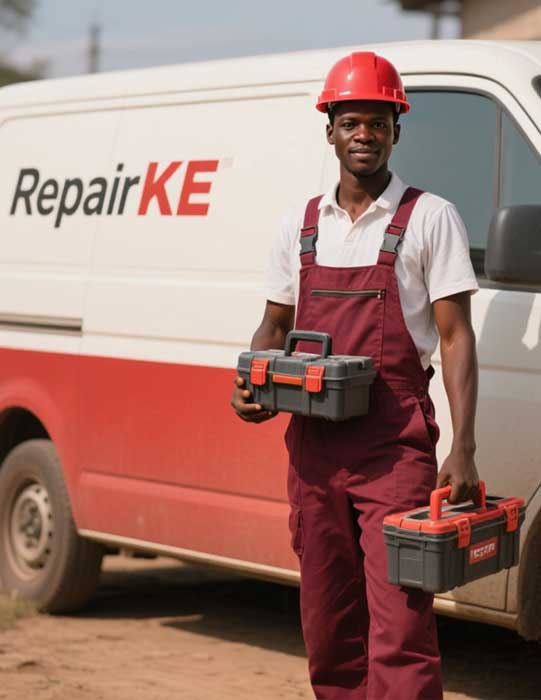
Countertop Washing Machines: How They Work
Countertop washing machines have emerged as practical solutions for people living in small apartments, RVs, dorm rooms, or any space where traditional laundry appliances are impractical. These compact devices bring the convenience of automated washing to even the tiniest living quarters. Understanding how these miniature marvels operate can help you determine whether one might be the perfect fit for your laundry needs.
Basic Design and Components
Countertop washing machines are scaled-down versions of conventional washers, typically measuring between 12 to 18 inches in diameter and weighing 10 to 30 pounds when empty. Despite their diminutive size, they contain most essential components found in full-sized machines. The main drum, usually made of stainless steel or durable plastic, holds between 5 to 15 pounds of laundry depending on the model. A small electric motor powers the washing action, while a simple control panel allows users to select wash cycles and settings.
These machines connect directly to a standard kitchen or bathroom faucet using an adapter hose, eliminating the need for permanent plumbing installation. A drainage hose directs used water into a sink, bathtub, or bucket. Most models plug into standard electrical outlets, drawing significantly less power than conventional washers.
The Washing Process
The operation of countertop washing machines relies on a combination of water circulation, detergent action, and mechanical agitation. When you start a wash cycle, the machine fills with water through the inlet hose. Users typically add detergent directly to the drum along with their clothes. The amount of water needed is considerably less than traditional washers, making these machines remarkably water-efficient.
Once filled, the motor activates and begins rotating the drum or operating an internal pulsator. Some models use a tumbling action similar to front-load washers, where clothes are lifted and dropped repeatedly. Others employ a pulsator system, where a disc or cone at the bottom of the drum creates turbulent water currents that move clothes in circular patterns. This agitation, combined with the cleaning power of detergent, removes dirt and stains from fabric.
The wash cycle typically lasts between 5 to 15 minutes, much shorter than conventional machines. This efficiency comes from the smaller water volume and load size, which allows detergent to penetrate fabrics more quickly. After washing, the machine drains the soapy water through the outlet hose, ready for the rinse cycle.
Rinsing and Spinning
Following the wash cycle, fresh water enters the drum for rinsing. Some advanced countertop models offer multiple rinse cycles, while basic versions provide a single rinse. The rinsing process removes detergent residue from clothes using clean water and gentle agitation. After rinsing completes, the final drainage cycle expels the rinse water.
The spin cycle presents the biggest challenge for countertop machines due to their lightweight construction. When activated, the drum rotates at high speed to extract water from clothes through centrifugal force. However, these compact units typically spin at lower RPMs than full-sized washers, meaning clothes emerge damper and require longer drying times. Many countertop washers spin between 800 to 1400 RPM, compared to 1000 to 1800 RPM for conventional machines.
To prevent the machine from walking or vibrating excessively during spinning, most models feature rubber feet or suction cups. Some users place non-slip mats underneath for added stability. The reduced spin speed and lighter loads help minimize vibration issues inherent in portable designs.
Advantages and Limitations
Countertop washing machines excel at handling small loads of lightly soiled clothing, delicates, baby clothes, and items requiring frequent washing. They consume minimal electricity and water, making them environmentally friendly and economical. Their portability allows users to store them when not in use, freeing valuable counter space.
However, these machines cannot match the cleaning power of full-sized washers for heavily soiled items or large loads like bedding. The limited capacity means multiple loads for larger households, and the reduced spin efficiency results in longer air-drying times.
Understanding these operational principles helps users maximize the effectiveness of countertop washing machines while setting realistic expectations about their capabilities. For the right situation, these compact cleaners offer an ingenious solution to laundry challenges in space-constrained environments.




